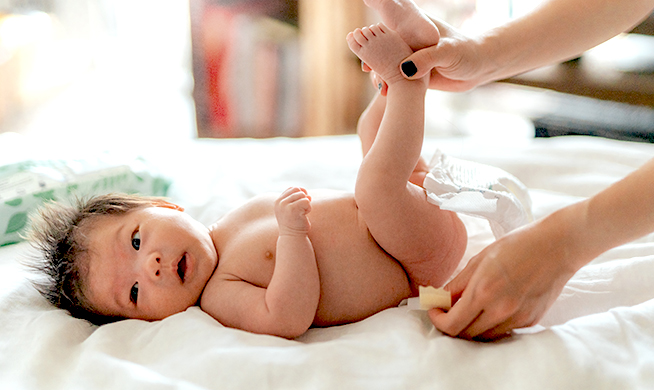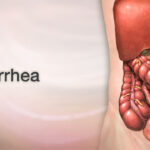Diaper rash, also known as diaper dermatitis, is a common skin irritation affecting infants and toddlers. It presents as redness, inflammation, and discomfort in the diaper area. Understanding its causes, symptoms, and treatment options is essential for effective management and prevention.

Causes of Diaper Rash
Several factors contribute to diaper rash, often occurring simultaneously:
- Prolonged Exposure to Moisture – Continuous contact with urine and feces can break down the skin’s protective barrier, leading to irritation.
- Friction and Chafing – Tight-fitting diapers can rub against the skin, causing redness and sensitivity.
- Irritants in Diapers or Wipes – Certain chemicals, fragrances, or dyes in diapers, wipes, or laundry detergents may trigger skin reactions.
- Bacterial or Yeast Infections – The warm and moist environment inside a diaper can promote bacterial growth, leading to infections such as yeast (Candida) overgrowth.
- Dietary Changes – The introduction of solid foods or new formulas can alter stool composition, increasing the likelihood of irritation.
- Sensitive Skin Conditions – Babies with eczema or other skin conditions may be more prone to developing diaper rash.
Symptoms
Diaper rash symptoms vary in severity but typically include:
- Red, inflamed skin – Most commonly affecting the buttocks, thighs, and genitals.
- Tenderness and discomfort – The baby may cry or become irritable, especially during diaper changes.
- Dry or peeling skin – Some rashes cause flaky or scaly patches.
- Severe cases – Blisters, open sores, or pus-filled bumps may indicate an infection requiring medical attention.
Effective Treatment
Prompt treatment can alleviate discomfort and accelerate healing. Consider the following strategies:
- Frequent Diaper Changes – Keep the diaper area as dry and clean as possible by changing diapers promptly after they become wet or soiled.
- Gentle Cleansing – Use lukewarm water and a soft cloth to clean the skin, avoiding harsh soaps or alcohol-based wipes.
- Barrier Creams – Applying zinc oxide or petroleum jelly creates a protective layer that shields the skin from moisture.
- Air Drying – Allow the baby to spend time without a diaper to promote healing.
- Using Loose-Fitting Diapers – Ensuring the diaper is not too tight helps prevent further irritation.
- Antifungal or Antibiotic Creams – If a secondary infection is suspected, consult a healthcare professional for appropriate treatment.
Prevention Tips for Diaper Rash
Preventing diaper rash is more effective than treating it. Follow these preventive measures:
- Change Diapers Frequently – Keeping the skin dry reduces the risk of irritation.
- Choose the Right Products – Opt for fragrance-free wipes, mild soaps, and diapers free from harsh chemicals.
- Apply a Protective Cream – Using a barrier ointment regularly can help shield the skin.
- Ensure Proper Diaper Fit – A snug but not overly tight diaper prevents excessive friction.
- Monitor Diet Changes – Introduce new foods gradually to observe any reactions.

